JPS Ep:149 – Rhythm Changes Bridge Improvisation: Use This Today!
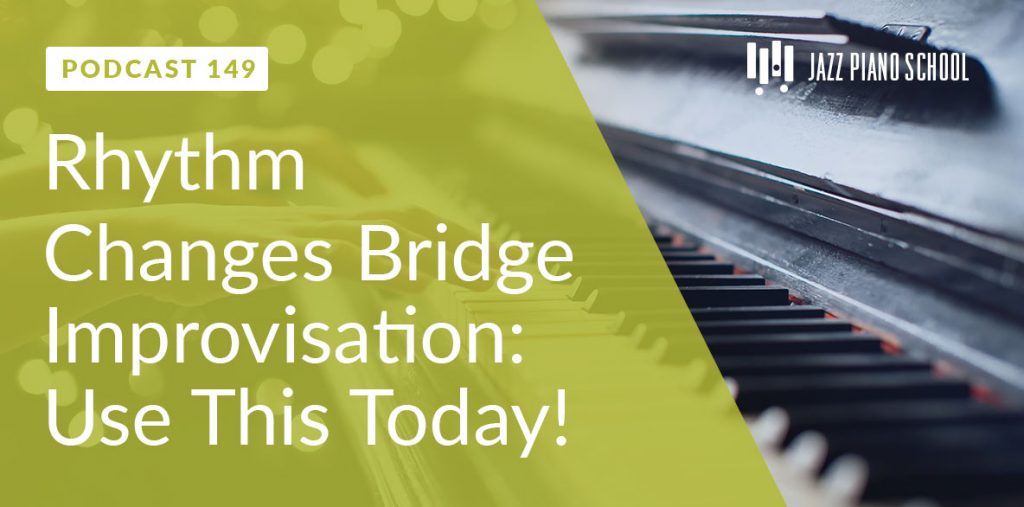
We continue our rhythm changes series and approach these refreshing new ways to improvise over the 4 dominant chords in the bridge of rhythm changes. If you thought the bridge didn’t provide much harmonic content to improvise over…think again! Let’s get to it!
JPS Ep:148 – 4 Secrets To Improvising Over Rhythm Changes
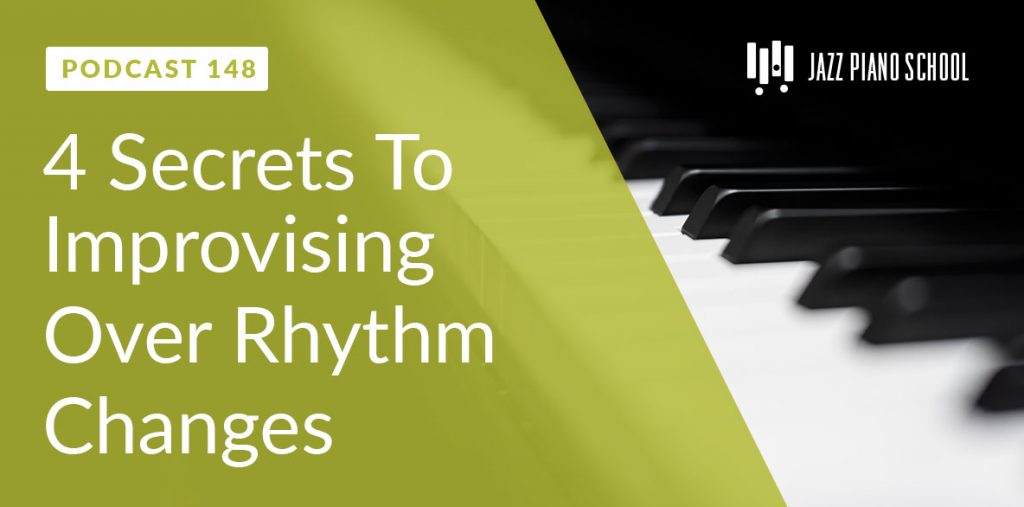
Rhythm changes can seriously screw you up. Once you attempted and failed, you probably don’t want to try again. BUT…with these 4 secrets that will allow you to easily improvise over rhythm changes, you’ll be loving this form and itching to play it as much as possible! Here we go!
JPS Ep:147 – How to Play “Block Chords” (pt. 2)

In this lesson we’ll continue learning how to play “block chord” voicings in the style of George Shearing. We will be working on minor voicings in the key of F, specifically with the tune “Lullaby of Birdland.” George Shearing often played this tune with these very voicings, so it is a great model from which to start!
How to Play “Block Chords” Like George Shearing
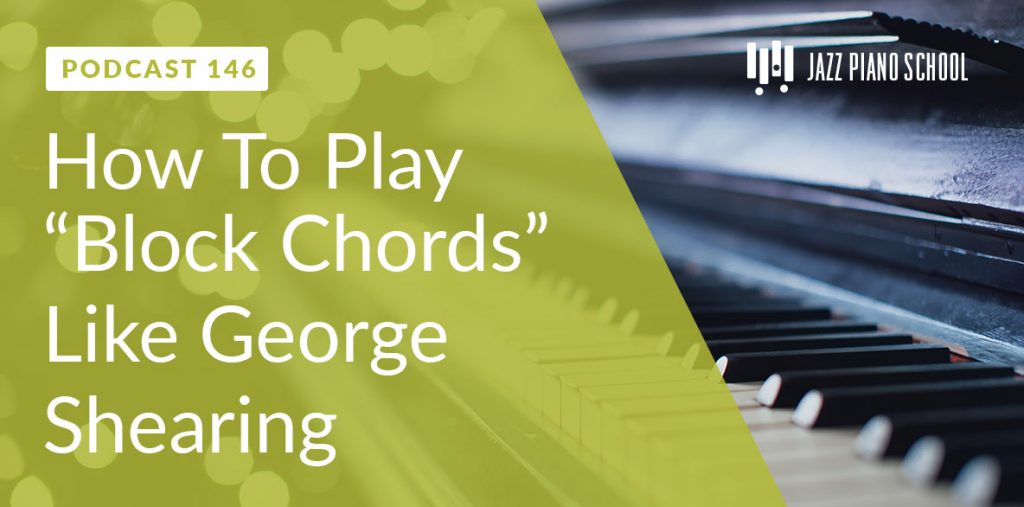
In this lesson we’ll learn how to play “block chord” voicings in a jazz style. This technique was made famous by George Shearing, and used by other pianists such as Oscar Peterson and Bill Evans. You can use it to harmonize melodies and achieve a fuller soloistic sound when playing in a group.
9 Ways To Storytell With Your Improvisation
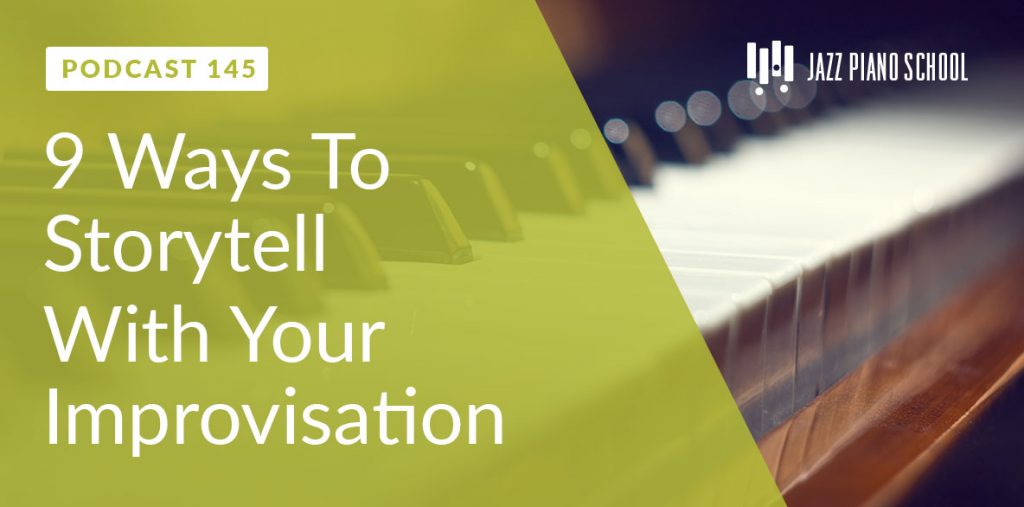
I’ve heard extremely technically proficient and knowledable improvisers completely fail at telling a story with their solo. When this happens it stinks! None of us want to be in that position. Here’s 9 ways for you to be a GREAT story teller when soloing. Let’s get it!
JPS Ep:142 – 12 Ingredients For Jazz Piano Success
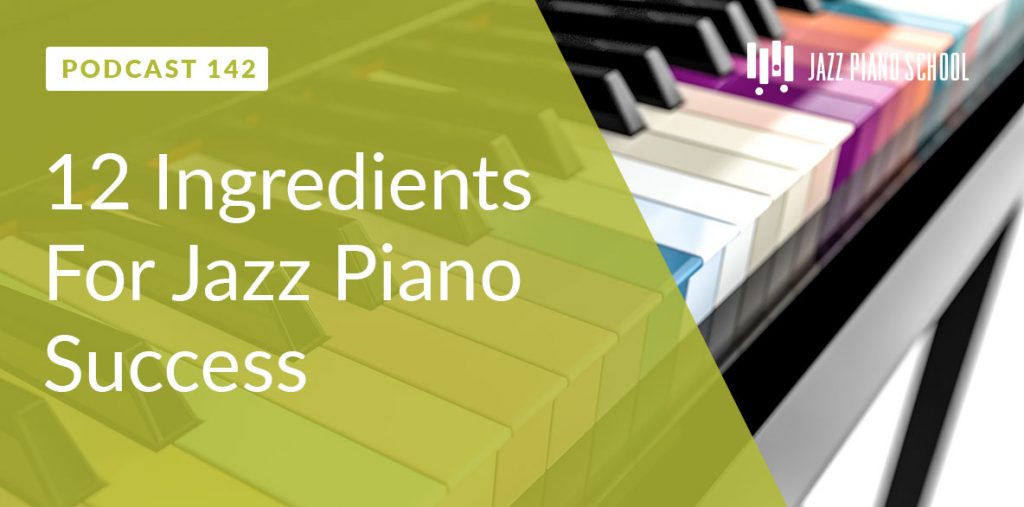
It’s hard to be honest with ourselves. What do we know, and what do we NEED to know? What do we NOT know…we don’t know! Confusing…I know…but hopefully these 12 CRUCIAL ingredients to jazz piano success will allow you to have a clear picture of everything you need in order to become a successful jazz pianist. I shouldn’t say everything you need, but at least the most important things you need. Let’s just say…without these 12 ingredients, you will not be able to reach the level you’re hoping for. So with that being said…let’s start learning!
JPS Ep:141 – How To Integrate Jazz Extensions Into Your Voicings
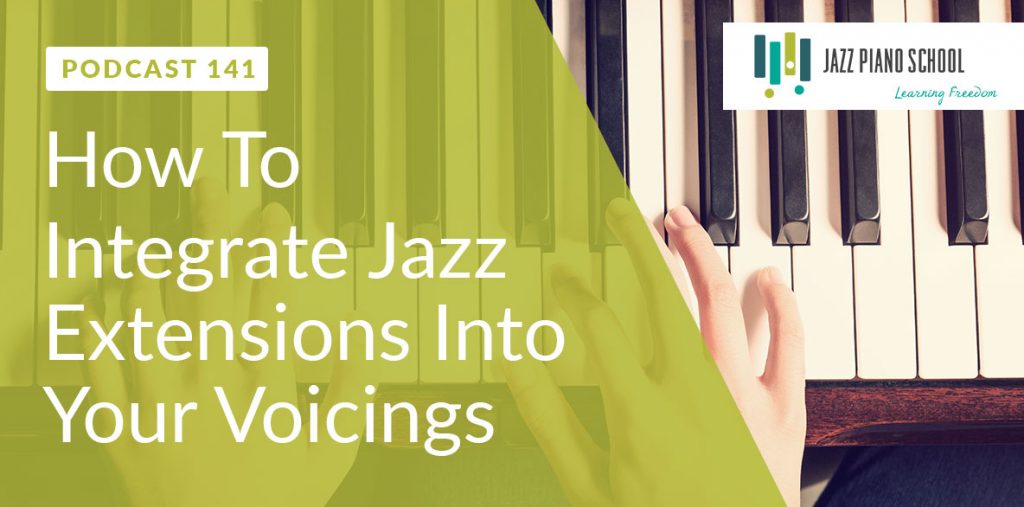
I get this question a lot, and that is… “Brenden, how do I integrate extensions into my voicings?” Well most of the time you’ll here upper structure triads brought up immediately. In this episode I would like to go a step further and teach you some easy strategies you can use to extract SPECIFIC colors from your voicings by integrating the extensions of your choice! Here we go!
JPS Ep:138 – 4 Ways To Spice Up Major 7th Chords
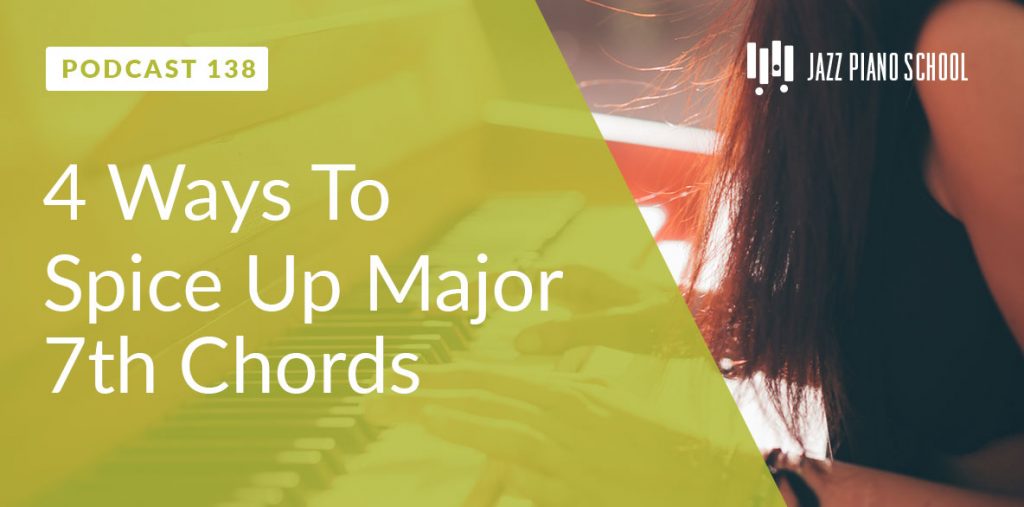
We ALL get stuck in our own ways of playing something the same way. Even me! Check out these 4 ways to add some spice, texture, and atmosphere to your major 7th chords.You can start to use these 4 building blocks to expand upon as well and create new sounds!
JPS Ep:135 – Learn Jazz Piano – Our 4 Step System
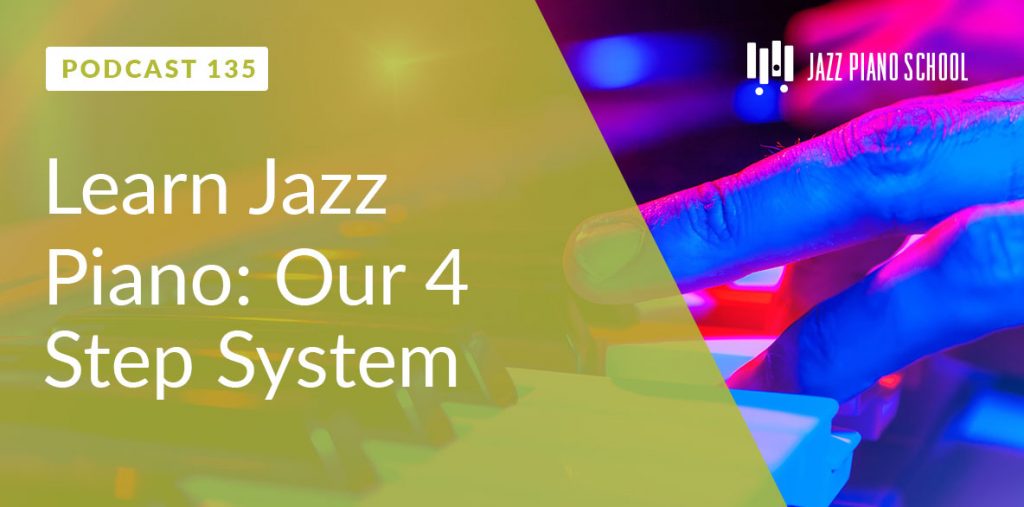
Learning jazz piano isn’t a guessing game, even that’s how I approached it for 15+ years. It’s a system. The majority of students, including myself start by learning tunes.This should be the LAST step we do. Before that we need jazz piano TOOLS. Would you try and read and write without learning the Alphabet? No of course not. Jazz Piano is the exact same way. In this 15 minute podcast I’m going to break down the 4 step system we use that is has successfully taught thousands of students jazz piano so you can use it too.
JPS Ep:134 – Pentatonic Voicings Tutorial Part 2
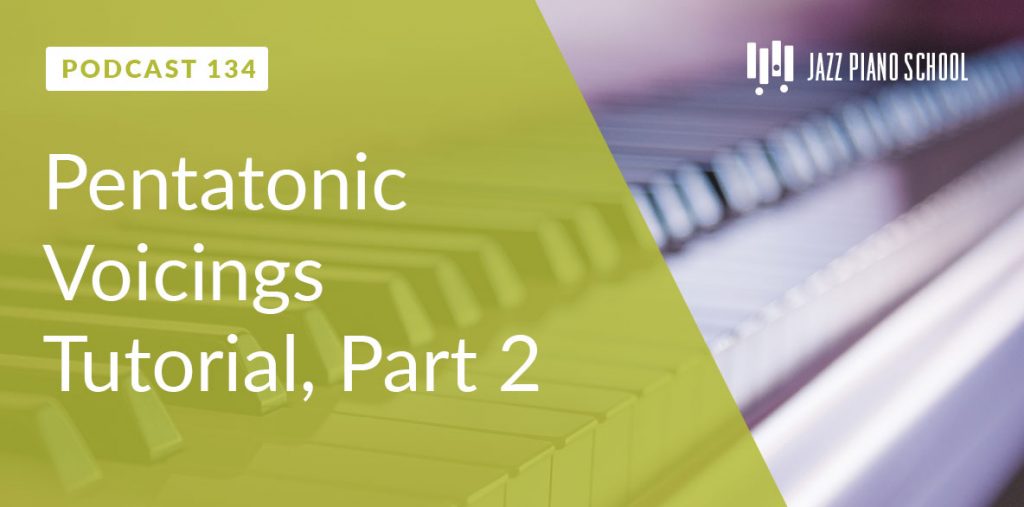
Here we look at how to create more 4 and 5 note voicings in a modal setting. Today’s session explores a more flexible approach in D dorian by transposing shapes through the mode. To take it further, we look at a technique of chromatic transposition used by Herbie Hancock.



